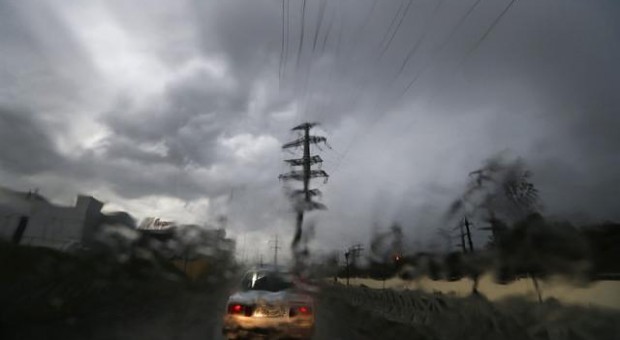
See and Be Seen: Top Tips for Driving in Wet Stormy Weather
It’s frighteningly easy to become a little too casual and tuned-out when driving, given how automatic the skill becomes and how frequently we do it. That tendency toward indifference and unawareness is dangerous enough under perfect driving conditions; it’s all the more risky when the skies blacken and rain starts sheeting down voluminously.
Two of the keys to safe driving in severe weather are spotting hazards and being seen yourself by others. They amount to major challenges given the less-than-ideal sight lines during a storm–challenges that must be faced with the utmost alertness and common sense.
Let’s consider a few basic safety tips on the topic of visibility–but, first off, here’s a caveat: If you can at all avoid driving during severe weather in the first place, do so. That barber appointment or football match isn’t that important when you consider the hazards to which you’re exposing yourself–and anyone sharing the roadway with you–when you pull out onto a rain-slick street.
Seeing and Being Seen
Even in the middle of the day, turn your low-beam headlights on in a rainstorm, windstorm, or any other inclement weather. Avoid the temptation of high beams in precipitation: The intense reflection off rain droplets or snowflakes can actually make it much harder to see. Use fog lamps if visibility is intensely limited, but remember it’s against the law to have them on under other conditions.
If you’re forced to pull over or to drive especially slowly–say, because of an absolute downpour or the possibility of flooded streets or aquaplaning–use your hazard lights to warn motorists behind you (and, if pulling over, get as far over on the shoulder as possible –or off the road entirely).
Use your windshield wipers and demisters if necessary to ensure a clear view ahead and behind.
Be Extra Vigilant
You should be scanning your periphery and mirrors as well as the road ahead regularly regardless of weather conditions, but double your efforts in a storm. It’s that much more difficult to discern other cars, cyclists, and pedestrians with pelting rain, shimmering streets, and shrouded skies. You have the added danger of strewn debris–fallen branches and the like–in the roadway
Watch for Flooding
Even relatively shallow water inundating the road surface can cause you to lose control or be swept away, and a flood can appear surprisingly suddenly. Watch for slowed or stalled cars ahead and any other sign of a potential obstacle ahead.
At night, flooded conditions are all the tougher to identify in advance. As the website RoadDriver suggests, one strategy is to keep close tabs on the appearance of roadside markers such as trees, fences, hedgerows, and buildings. If these objects seem to be gradually getting shorter, you may be entering standing water; slow down and stop to assess the severity, and turn back if you’ll be forced to drive through dangerous depths.
Don’t Push It
A driver in a storm puts her eyes through immense strain as she scouts for hazards and contends with obscured, challenging road surfaces. Be alert to visual fatigue and never drive if it’s setting in: Pull safely off the road and rest. On a related note, if you’re a contact-lens wearer, make sure you’re not relying on an old, possibly dirty or scratchy pair. Visit NextdayLenses or other purveyors to replace your lenses at the prescribed interval and thus ensure the freshest eyes possible.
Stormy weather makes driving especially dangerous. Again, avoid the roads if possible, and, if you must drive, use extra caution and proceed slowly. Keep your guard up
Simon Walters is passionate about driving safety. He often blogs about realistic strategies to stay safe on the road.
















